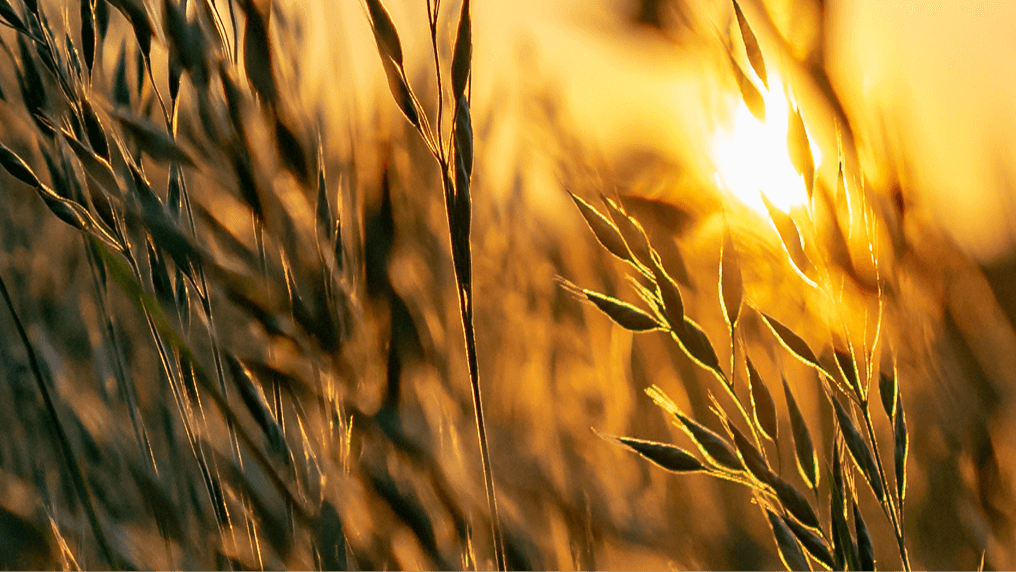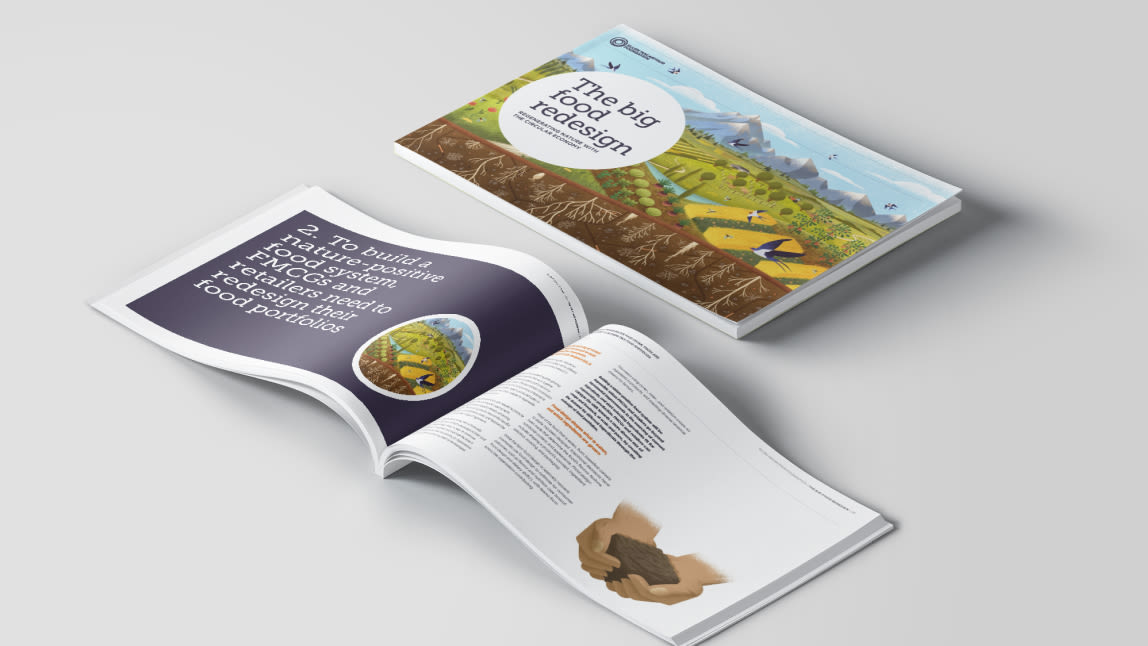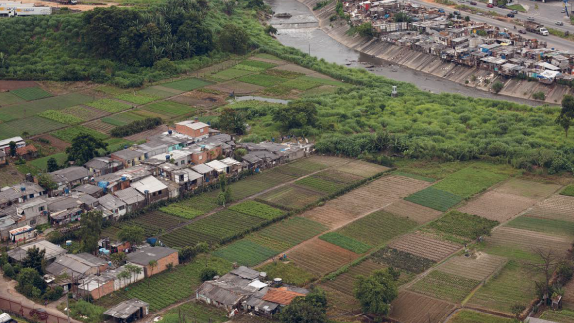From farm to plate, our food plays an important role in how we tackle climate change. Since the beginning of the agricultural revolution, we have used extractive, traditional farming practices in order to produce enough food to meet the needs of an ever-increasing global population. People are eating more food with less nutritional value. Is it possible to grow our food in ways that provide more valuable nutrients through regenerative and restorative practices? Join us in this episode as we explore examples of regeneratively sourced food, that sequester carbon and restore soil health. We will be joined by Sheena Shah, the Permaculture Design Consultant and Director at Harvesting for Good East Africa, to discuss regenerative agricultural practices and examples from East Africa. We will hear from Nicole Gobeth to understand the role of policy and how her initiative, Connect the Dots, is creating a circular economycircular economyA systems solution framework that tackles global challenges like climate change, biodiversity loss, waste, and pollution. It is based on three principles, driven by design: eliminate waste and pollution, circulate products and materials (at their highest value), and regenerate nature. for food in São Paulo. We will also welcome Jeanette Coombs-Lanot from Danone to discuss the role played by large consumer-facing businesses and learn how they are ensuring that the food they produce for our plates is managed regeneratively.

Ep 57: Food and farming: regenerative solutions to tackle climate change
Published on
News and updates fromThe Ellen MacArthur Foundation
Click to subscribeThe Ellen MacArthur Foundation works to accelerate the transition to a circular economy. We develop and promote the idea of a circular economy, and work with business, academia, policymakers, and institutions to mobilise systems solutions at scale, globally.
Charity Registration No. (England and Wales): 1130306
OSCR Registration No. (Scotland): SC043120
Company No.: 6897785
Ellen MacArthur Foundation ANBI RSIN (Netherlands): 8257 45 925
The work of the Ellen MacArthur Foundation is supported by our Strategic Partners and Partners.
© Ellen MacArthur Foundation






